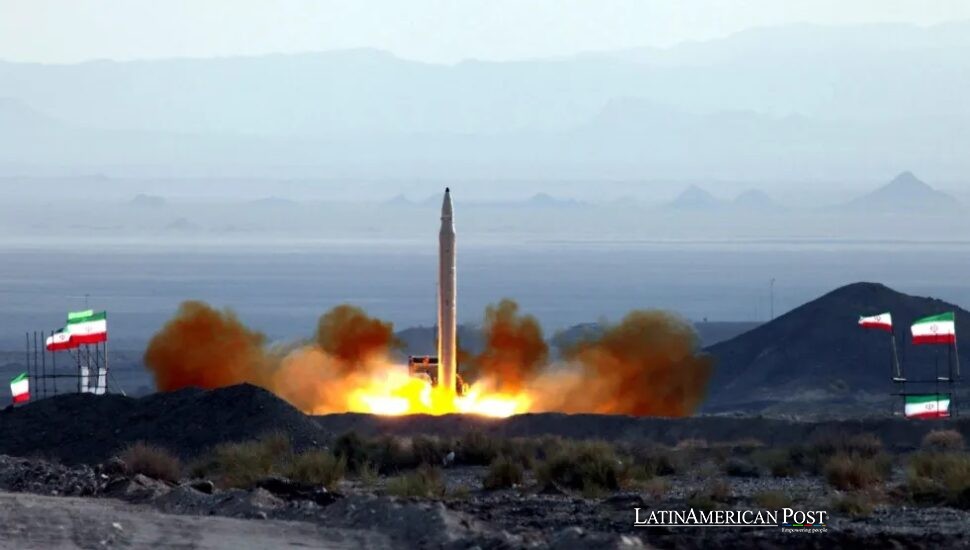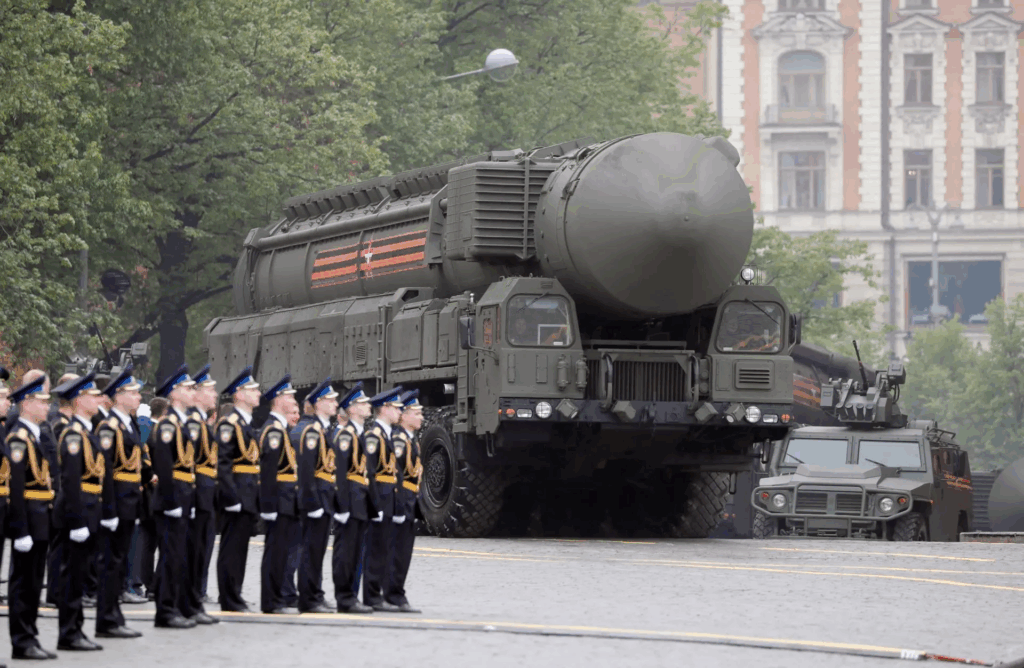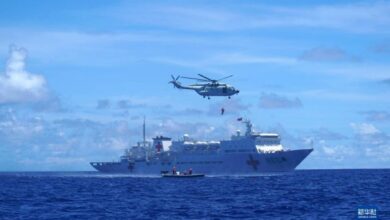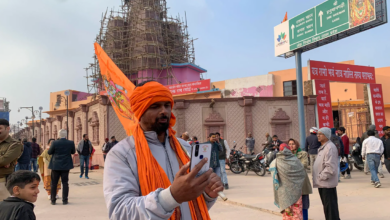Latin America’s Health Threats Under Looming Nuclear Grim Shadows

Rival powers rattle their nuclear sabers once again, and Latin America feels the tremor. Geography, economy, and fragile public health systems combine to make the region uniquely vulnerable to the fallout—literal and political—of any future atomic exchange.
A Renewed Global Focus on Nuclear Health Risks
Geneva, early summer. Delegates in sober suits file into the World Health Organization’s grand assembly hall, where a single line on the agenda sparks electric debate: “Global health consequences of a nuclear conflict—a mandate for updated study.” Eighty-six nations raise green placards in favor, two raise red, and nearly thirty hovers in gray abstention. The vote passes, but the split—visible, public, undeniable—feels like a thunderclap.
Supporters argue that the last time the WHO examined the medical carnage of nuclear war, cassette tapes were still the height of technology. “Our models, our climate data, our cancer registries—everything has changed,” Samoa’s envoy urges from the podium. Back in the gallery, observers from the Marshall Islands nod grimly; their atolls still bear scars of Cold War test blasts. The International Physicians for the Prevention of Nuclear War, veteran voices from the disarmament trenches, distribute sobering leaflets mapping hospital burn beds against hypothetical megaton yields.
Opponents scoff that the organization should stick to pandemic vigilance and leave war scenarios to military planners. But momentum favors the health side. The adopted resolution orders a fresh, science-heavy analysis—enlisting epidemiologists, emergency physicians, and disaster logisticians—to outline how even a “limited” nuclear exchange would overwhelm trauma wards, contaminate water sources, and reverberate through food systems.
The ink is barely dry when pushback flares. Russia and North Korea cast formal “no” votes, dismissing the study as politicized. Several nuclear-armed states retreat into abstention, wary of any report that could fuel disarmament pressure at home. Yet in the hallways, smaller nations whisper about a separate fear: if the big powers stumble toward conflict, who will save the rest of us?
Past Warnings and Modern Realities
During the tense nineteen-eighties, physicians’ groups warned that a superpower showdown could ignite cities, loft soot into the stratosphere, and plunge Earth into a “nuclear winter.” As the Berlin Wall crumbled, that specter seemed to fade. Arsenal counts fell, treaties blossomed, and public attention drifted to fresh crises.
Now, the wheel has turned. Only a single central arms-control accord still binds Washington and Moscow. Both capitals, along with Beijing, are pouring billions into modernized warheads and hypersonic delivery systems. Military analysts trade scenarios like cards: a cyber misread, a tactical strike that spirals out of control, or a flashpoint over a contested border.
Scientists, meanwhile, revisit their climate simulations with sharper tools. The picture they paint is chilling: a regional exchange—say, a hundred Hiroshima-size detonations—could release enough soot into the atmosphere to choke sunlight, drop global temperatures, and slash crop yields for years. A larger barrage would leave no latitude untouched. Radioactive plumes, riding jet streams, could drift for thousands of miles before dusting down on fields and reservoirs. A mushroom cloud over one hemisphere could seed cancer in the other.
Latin America, the proud host of the world’s first nuclear-weapon-free zone, might assume distance buys safety. Yet atmospheric and oceanic highways ignore treaties. Fallout particles can hitch a ride on trade winds; contaminated fish migrate across currents into South American nets; a collapse in grain exports from temperate breadbaskets could ripple through commodity markets and empty supermarket shelves from Mexico to Patagonia.

EFE/Yuri Kochetkov
Latin America’s Specific Vulnerabilities
The region’s economy leans heavily on agriculture. Coffee, soy, bananas, beef—export lifelines that put food on foreign breakfast tables and foreign currency in domestic banks. A sharp tilt in global temperatures or a taint of radioactivity in crops would devastate livelihoods overnight. One modeling exercise suggests a ten percent drop in sunlight could slash maize yields in Brazil’s interior by nearly half. Price increases could make many people poor. This also causes trouble.
A place’s features can also pose a danger. The Amazon Basin holds many kinds of life and also provides moisture for the continent. However, people cut down trees in the area, and climate change occurs – this causes the area to suffer. Reduced rainfall triggered by nuclear-induced cooling could push the forest closer to a die-back tipping point, releasing vast stores of carbon and transforming a green cathedral into a brown savanna. Coastal cities face a different nightmare: tropical storms supercharged by shifting weather patterns slamming weakened infrastructure when hospitals are already flooded with radiation casualties.
Water is Latin America’s silent Achilles’ heel. Major capitals draw drinking supplies from rivers that snake past mining zones and pesticide-riddled farms. A dusting of cesium or strontium upstream would infiltrate taps in São Paulo or Lima within days. Many treatment plants still struggle with ordinary contaminants; radioactive isotopes would require technologies—and budgets—that few municipalities can afford.
Healthcare capacity, though improved in recent decades, remains patchy. Rural clinics in the Andean highlands or Central American isthmus often run low on basic antibiotics, let alone chelation agents for radioactive exposure. City hospitals stock limited burn beds; a single megaton detonation can produce tens of thousands of thermal injury victims. And oncology wards, already stretched by rising cancer incidence, cannot hope to track or treat a sudden surge of radiation-linked tumors over the next decade.
The Path Forward for Prevention and Preparedness
Against this daunting backdrop, public health officials from Mexico City to Montevideo are dusting off civil defense manuals that are older than many of their staff members. The talk now is of stockpiling potassium iodide, mapping fallout shelters, training first responders in radiation triage, and, crucially, forging regional emergency-aid pacts. In quiet conference rooms, planners game out how to evacuate river communities downwind of imaginary detonations, how to decontaminate ports pivotal to grain imports, and how to keep vaccine fridges cold if power grids fail beneath electromagnetic pulses.
Some progress flickers. A handful of nations have installed real-time radiological monitors at airports and coastal hubs, their data fed to a shared dashboard. Military engineers drill alongside civilian medics in mass-casualty simulations. Yet budget pressures bite, and political cycles are short; the temptation to shelve worst-case contingencies remains strong.
Veteran diplomats argue that Latin America’s best defense still lies in the moral authority of its Treaty of Tlatelolco. By showcasing decades of verifiable nuclear abstinence, the region can rally global opinion around nonproliferation just as the old guard teeters toward a fresh arms race. Already, Caribbean states are lobbying at the United Nations for renewed disarmament talks, citing climate injustice: why should island nations, battling rising seas, also suffer fallout they neither caused nor courted?
Also Read: Ecuador Confronts Crime, Debt, And Jobs As Noboa Seeks Stability
The WHO’s new study promises complex numbers—casualty projections, hospital shortfalls, economic shocks—that could sharpen those diplomatic pleas. It may also prompt complacent capitals to strengthen their health system resilience. But in the corridors of power and the streets alike, one truth stands out: prevention is cheaper than cure and infinitely kinder. Latin America, perched on the front lines of climate peril and commodity dependency, cannot afford to ignore the radioactive shadow creeping across the global horizon.





